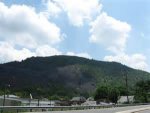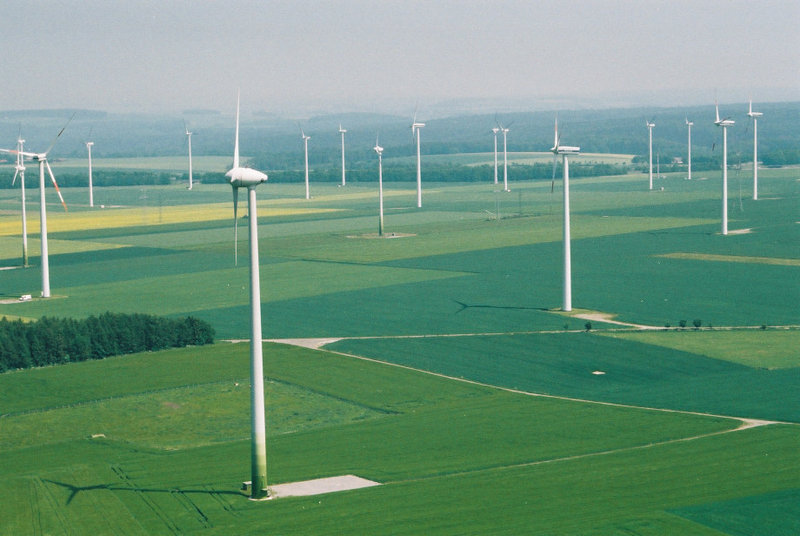- Joined
- Oct 19, 2014
- Messages
- 14,977
- Reaction score
- 5,276
- Gender
- Male
- Political Leaning
- Other
My opinion is pick the right energy that works in that part of the country. If there is little sun in the NE compared to the SW solar may not be the right choice. This goes for wind as well. In Pennsylvania their are millions of tons of coal sitting literal on the ground that has been dug out years ago. Building high efficient coal powered plant right next to all this coal and using it makes sense. We can use this coal efficiently and capture the byproducts cheaper than we can store nuclear waste for 10's of thousands of years. My uncle spent 45 years loading train cars with coal that was dug out of the ground and piled up long before he or I was born. He only managed to remove a few of the hundreds of piles of coal and culm that are now being burned for electricity or sold to other countries. Plus something needs to be done with these mountains of culm and coal that are destroying the rivers, streams, lakes, and ground water.

We have these mountains of coal and culm all over NE PA that need to be removed or used.

We have these mountains of coal and culm all over NE PA that need to be removed or used.



